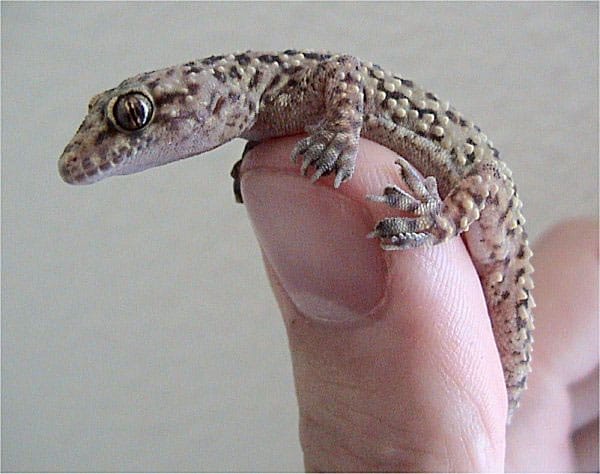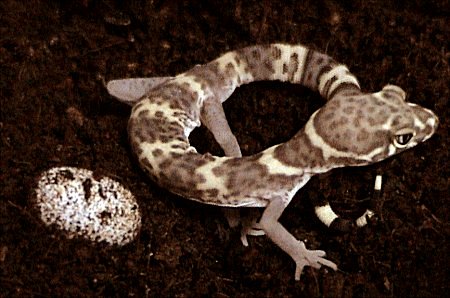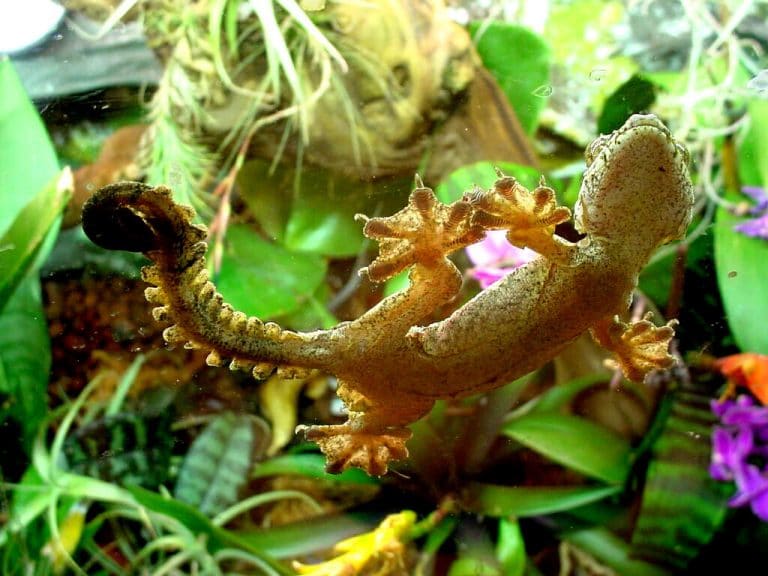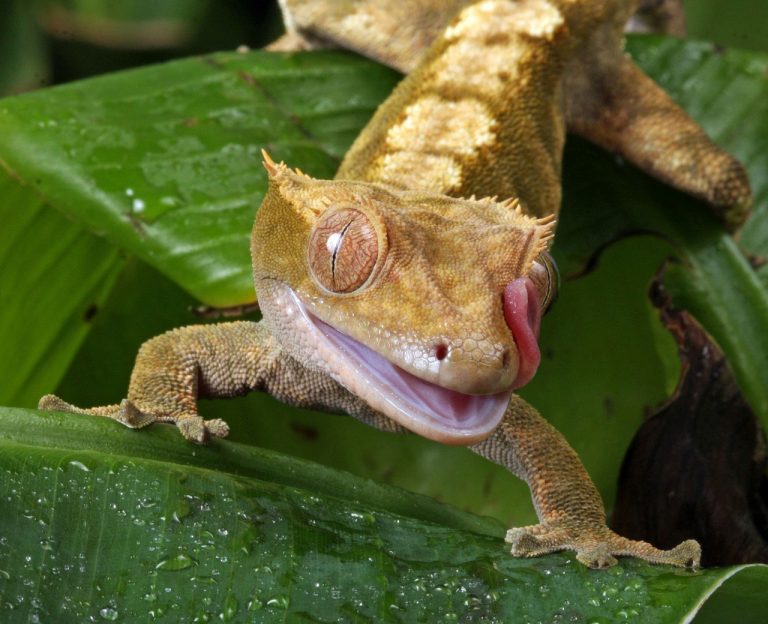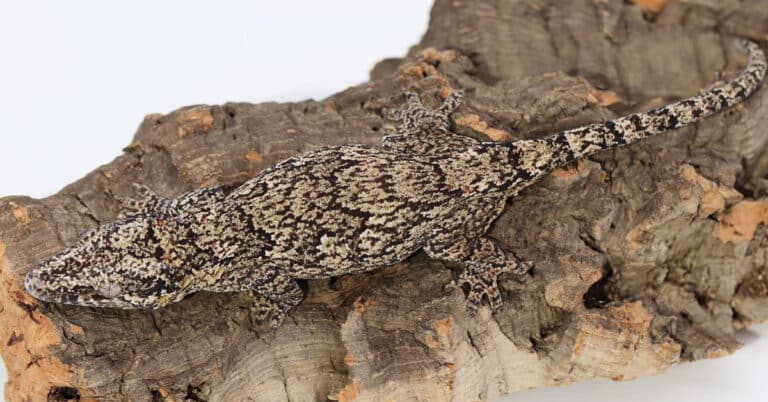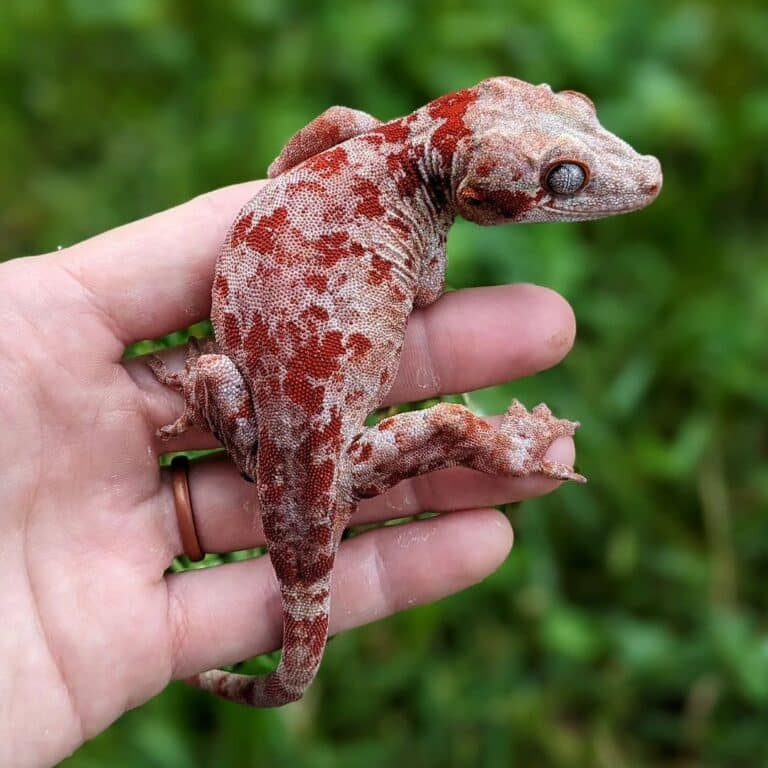Mediterranean House Gecko
Not Only Have a Natural Camouflage, But Can Also Alter Their Skin Brightness at Will
Hemidactylus turcicus is the scientific name for the Mediterranean house Geckos. As the name suggests, they inhabit regions around the Mediterranean Sea. It has spread to Europe and America thanks to its adaptability. It can inhabit deserts, rural areas, suburban areas, and other areas with extreme environmental conditions. This makes them habitable in most home setups as pets.
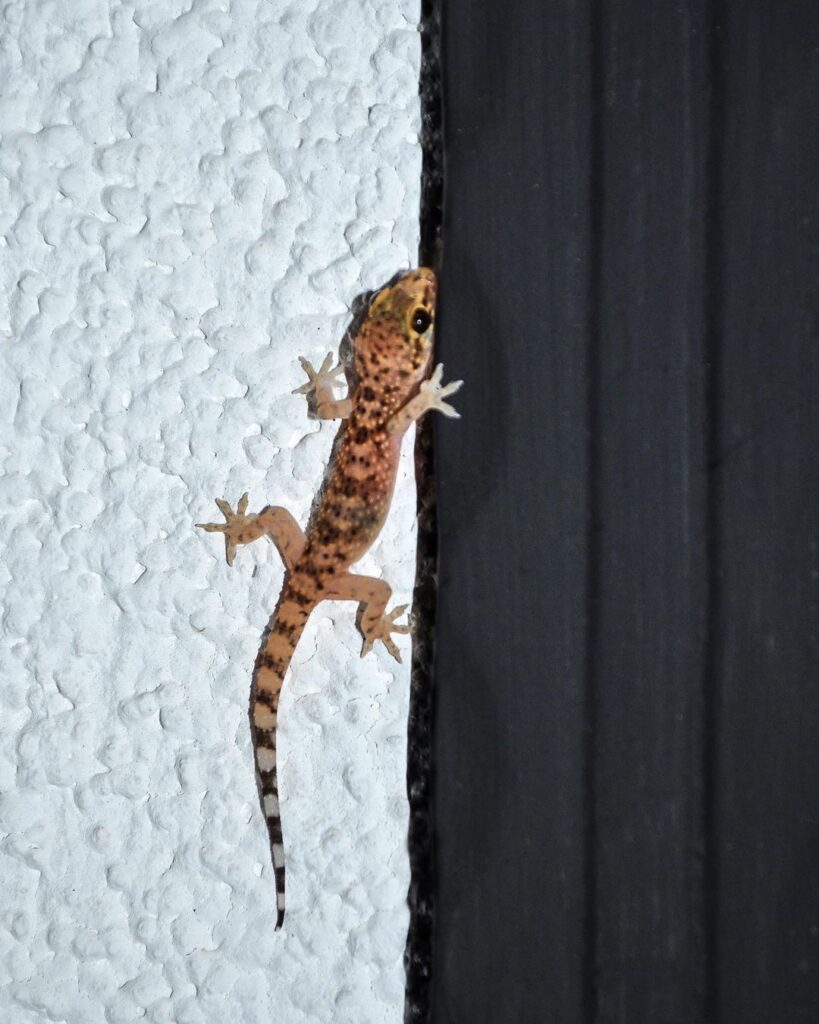
Anatomy
The Mediterranean house Gecko has a granular, velvety skin. Their skin coloration is mainly gray though some also have brownish red and bright red spots. These geckos not only have a natural camouflage, but can also alter their skin brightness at will. Their body is cylindrical in shape. In some cases, they appear squat and flattened on the upper side. Perhaps these adaptive features have enabled the Mediterranean house Geckos (hemidactylus), to colonize diverse habitats successfully.
Natural Habitat
These nocturnal reptiles will spend their daytime hiding in cracks and beneath rocks. They will emerge at night to hunt for insects. Mostly they will hide near night-lights, waiting for insects attracted to the light. Their sticky pads enable them to climb great heights and easily negotiate steep walls.
As a Pet
Mediterranean house Geckos arguably have the greatest potential as pets, thanks to their adaptive capabilities. You can therefore breed them with other geckos to give offspring that are more amazing. You would do well to try to come up with more morphs, at the same time retaining the old breeds for excellence.
Housing
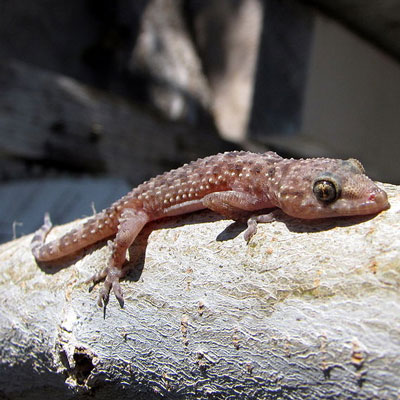
You can easily house the Mediterranean House Geckos one male with a number of females in a single cage without any aggression. If there is an additional male, the atmosphere turns hostile and extremely aggressive. This is common in all territorial reptiles. The ideal substrate would include newspaper, paper towels and washed playground sand. Although females never get territorial, they should not overcrowd, especially during breeding.
Food
The sizes of food consumed by geckos correspond directly to their body size. These small geckos measuring from three to four inches will feed on small insects. You can feed them with grasshoppers, small crickets, small fruit flies, and restrict mealworms for the adult geckos only. It is important to supplement the diet by dusting the insects with calcium and vitamin powders. For adults you can do this twice a week and for young geckos, thrice a week.
Temperature and Humidity
The cool Mediterranean climate seems to dictate the temperature ranges these species enjoy. You should maintain warm side temperatures at around 90 Fahrenheit and 80 Fahrenheit on the cooler side of the housing. They seem to enjoy clinging to the lower side of objects on the ground such as barks during the day. At night, they emerge and cling on the wall and lit surfaces to hunt for prey. You can keep the enclosure sufficiently warm by having a heating pad under the tank as a heating source. Do not use rock heaters and other methods of heating rocks as it may cause serious burn and in extreme cases, kill the geckos.
Breeding
Mediterranean house Geckos lack a definite breeding season. They also do not need a specific cycling period for reproduction. The only requirements for breeding are, adequate temperatures ranging between 78 to 85 Fahrenheit and plenty of food. The females will lay the eggs on the floor. Incubation takes place at 78 to 85 degrees Fahrenheit. Thirty five to fifty days later, hatching commences depending on incubation temperatures. Each clutch will contain a pair of eggs and a female will lay about three to four clutches in a year. The hatchlings will mature after several months and you can house them together until the distinguishing characteristics between the males and females become visible.
Handling
Like other delicate species, reduce handling these geckos, because they get stressed and sometimes drop their tails. Although they grow them back, they do not keep the original beauty. Handle them only when necessary cases such as removing them from their tank for cleaning. In such cases, make sure that your hands are clean and free from bacteria. Make sure to clean your hands after handling them as they may harbor salmonella bacteria.

Having discovered a fondness for insects while pursuing her degree in Biology, Randi Jones was quite bugged to know that people usually dismissed these little creatures as “creepy-crawlies”.

